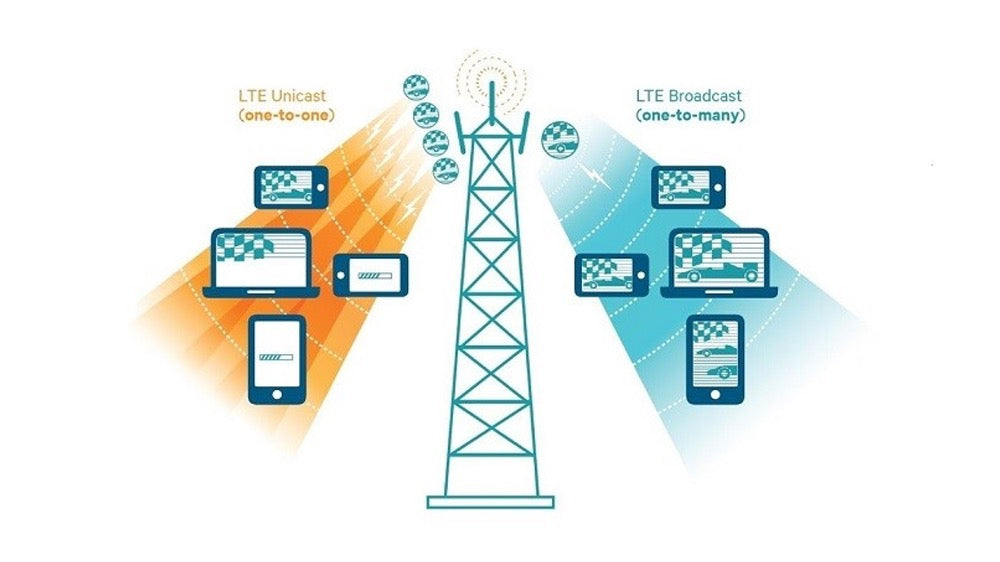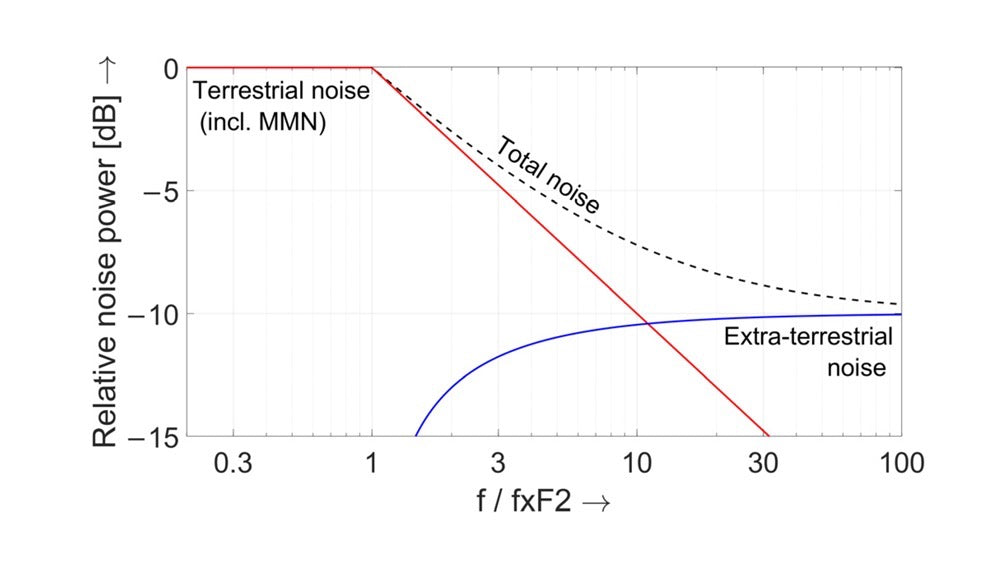In the dynamic world of telecommunications, Long-Term Evolution (LTE) stands out as a pivotal advancement, reshaping how we think about wireless broadband communication. This technology, which underpins the fourth generation (4G) of mobile networks, has fundamentally transformed our access to the digital world, offering faster speeds and more reliable connections for mobile devices and data terminals.
What is LTE?
LTE is a standard for wireless broadband communication that builds on its predecessors, GSM/EDGE, and UMTS/HSPA technologies. Its development aimed to enhance the capacity and speed of wireless data networks. By employing a different radio interface and making significant improvements to the core network, LTE provides a superior and more efficient communication experience.
Key Features of LTE
- Increased Speed and Capacity: LTE offers considerably higher data transfer rates, allowing for quicker downloading and uploading of content, smoother streaming of high-definition videos, and more responsive online gaming and applications.
- Enhanced Efficiency: By optimizing the use of the radio spectrum, LTE ensures a more efficient transmission of data, leading to better network performance and reduced latency.
- Improved Network Coverage: LTE networks can cover larger areas with less infrastructure, providing reliable connectivity even in remote locations.
- Versatility: It supports a wide range of frequency bands, making it adaptable to different regulatory environments across the globe.
Impact of LTE on Communication
The advent of LTE has had a transformative effect on how we communicate and consume digital content. It has enabled the development of advanced mobile services and applications, fostering the growth of mobile internet usage and paving the way for future innovations in the field of wireless communication.
Moreover, LTE has been instrumental in bridging the digital divide, offering high-speed internet access to areas previously underserved by broadband services. Its role in enabling efficient, reliable, and widespread connectivity has been crucial in driving the global adoption of mobile technology.
Looking Ahead: The Future of LTE
As we progress toward more advanced network technologies like 5G, LTE continues to play a vital role in the telecommunications landscape. Its robustness, widespread adoption, and ongoing enhancements ensure that it will remain a cornerstone of mobile communication for years to come.
In conclusion, Long-Term Evolution (LTE) has been more than just an upgrade; it has been a revolution in wireless communication, setting the stage for a more connected and faster-paced world. As we continue to push the boundaries of what is possible with mobile technology, LTE's legacy as a catalyst for change and innovation will undoubtedly persist.
































